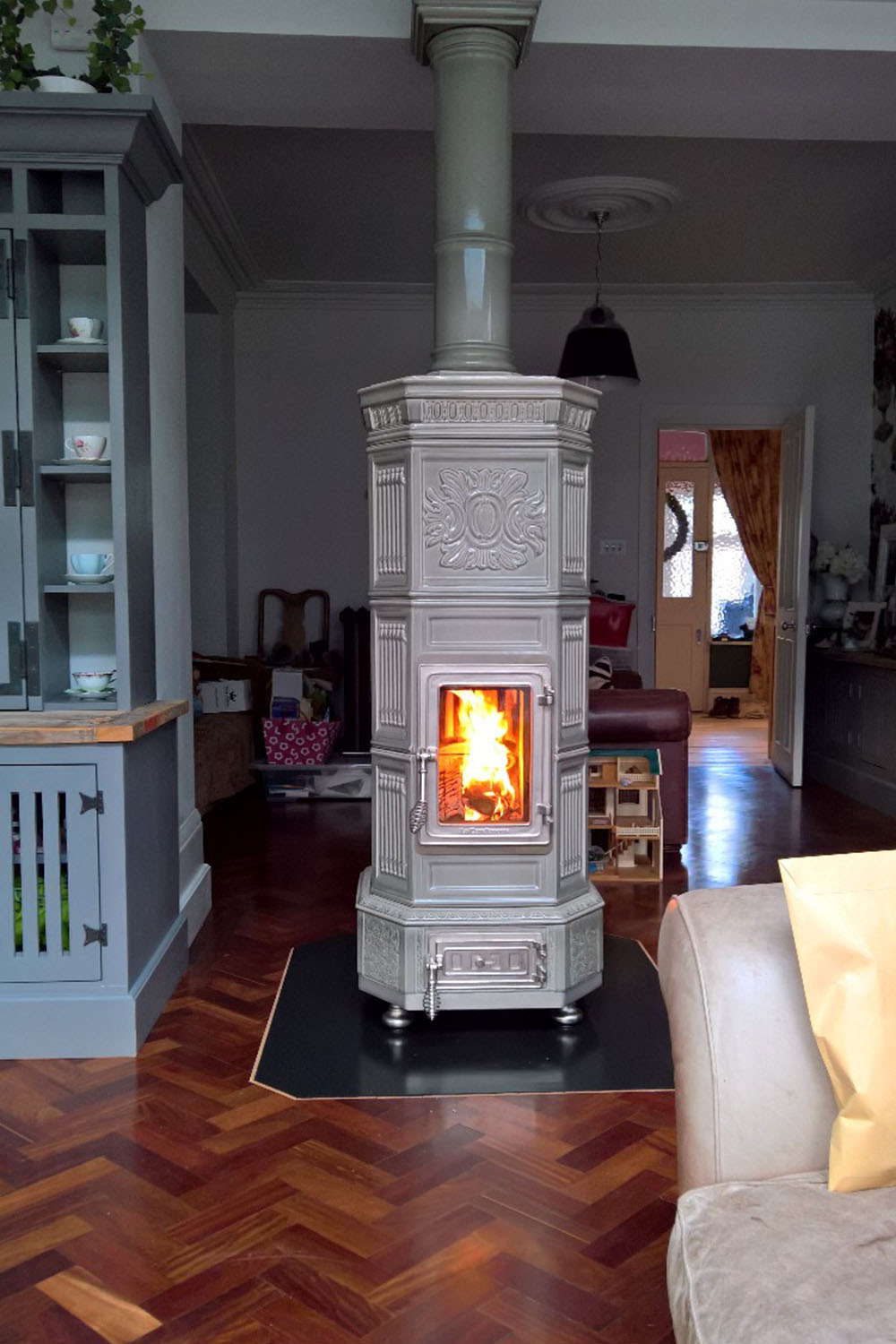Setting up a modern cooking appliance is an exciting step towards enhancing your culinary journey. Whether you are switching to a contemporary induction cooktop or updating an outdated gas cooker, proper installation is essential to ensuring both well-being and efficiency in your cooking space. With the right stove installation experts, you can reap the benefits of a professionally installed unit that boosts your kitchen prowess and integrates smoothly into your home.
The definitive guide to setting up cooking appliances will provide property owners with important knowledge into the various types of stoves, key actions before implementation, and typical mistakes to watch out for. Covering gas and electric stove comparisons to knowing what safety measures to take, we will address everything you need to guarantee a smooth implementation procedure. It's time to revamp your culinary space and enhance your kitchen expertise with the expertise of professionals who can get the job done properly.
Stove Types: Gas vs. Electric
When it comes to selecting a stove for your kitchen, the two main options are gas. my company are favored by numerous chefs and cooking enthusiasts for their precise temperature control and instant heat response. The open flame allows for various cooking techniques, such as searing and direct grilling, which can enhance the cooking experience. Additionally, gas ranges often come with the ability to adjust heat levels quickly, making it easier to achieve the right results for different recipes.
On the other hand, electric stoves offer convenience and ease of use. They are generally simpler to clean, as there are no grates or burner elements to remove. Electric options, especially induction cooktops, provide effective heating and safety features like automatic shut-offs. A lot of homeowners appreciate that electric stoves do not require a gas line, making installation much easier in homes without any gas infrastructure.
Ultimately, the choice between gas and electrical stoves relies on personal cooking preferences and kitchen requirements. Homeowners should consider aspects such as the types of dishes they usually prepare, their cooking style, and the presence of gas lines in their home. This decision can greatly impact the enjoyment of cooking and kitchen functionality.
Installation Preparation and Security
Preparing your kitchen for a stove installation involves a number of key steps to ensure the procedure goes without issues and without risks. First, tidy up the area where the stove will be located. Clear out any items, such as pots and pans and other appliances, to provide ample space for the installation. It’s also crucial to check the existing utilities, including gas connections for cooking appliances powered by gas and electrical outlets for electric stoves, to ensure they meet the appropriate specifications.
Precautionary measures should be your highest priority when installing a stove. If you are opting for a gas stove, inspect for any signs of gas issues before installation. Use water with dish soap to test joints in the gas line, and never ignore the odor of gas. For electric stoves, make sure to turn off the power at the main breaker before any work begins. Additionally, familiarize yourself with local codes and regulations to ensure compliance during the installation process.
Finally, do not ignore the value of hiring a professional for stove installation. While many people may consider a DIY approach, stove installation requires particular knowledge and skills, especially for gas connections and electrical work. A specialist not only ensures the installation is done properly but also lowers the risk of future issues, such as gas leaks or electrical malfunctions. Choosing professional help can lead to a smooth cooking experience in your new kitchen.
Maintenance and Problem Solving

Maintaining your stove is crucial for ensuring its longevity and performance. Regular cleaning is important to prevent food particles from building up, which can impact performance and lead to safety hazards. For gas stoves, periodically check for any indications of wear and tear on burner grates and ignition systems. Electric stoves require the heating elements to be checked for damage and replaced if necessary. Keeping your stove clean not only improves its appearance but also helps with optimal functioning.
In addition to routine maintenance, addressing issues as they arise is essential. If you encounter problems like a gas stove not igniting or an electric one not heating, always start by checking the fundamentals, such as power sources and connections. For gas stoves, ensure the gas supply is turned on, and for electric stoves, check that the outlet is functioning correctly. Familiarizing yourself with common issues and their fixes can save you time and trouble rather than having to wait for a professional to come.
Lastly, understanding when to call a professional is crucial. If you've attempted basic troubleshooting and the issue persists, or if you suspect a gas leak, immediate professional assistance is essential. They have the knowledge to diagnose difficult problems, ensuring that your stove operates correctly and efficiently. Regular maintenance checks by a qualified technician can also help prevent bigger issues down the line, keeping your cooking experience seamless and enjoyable.
